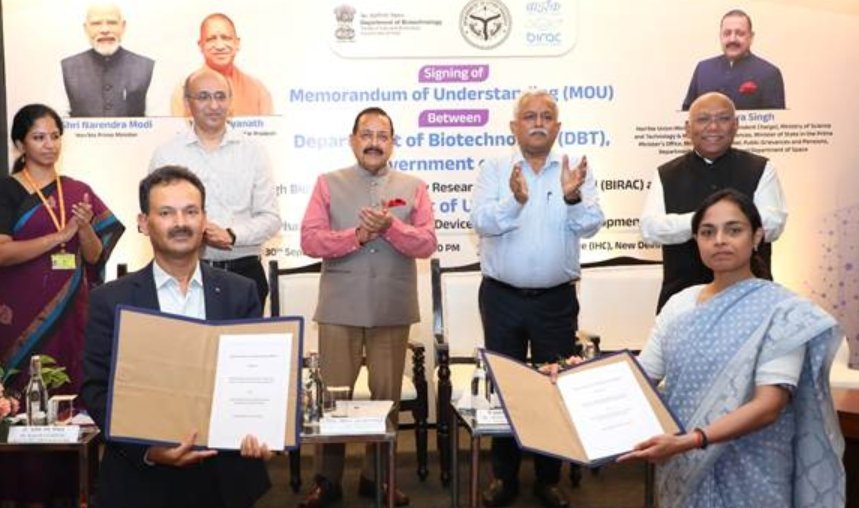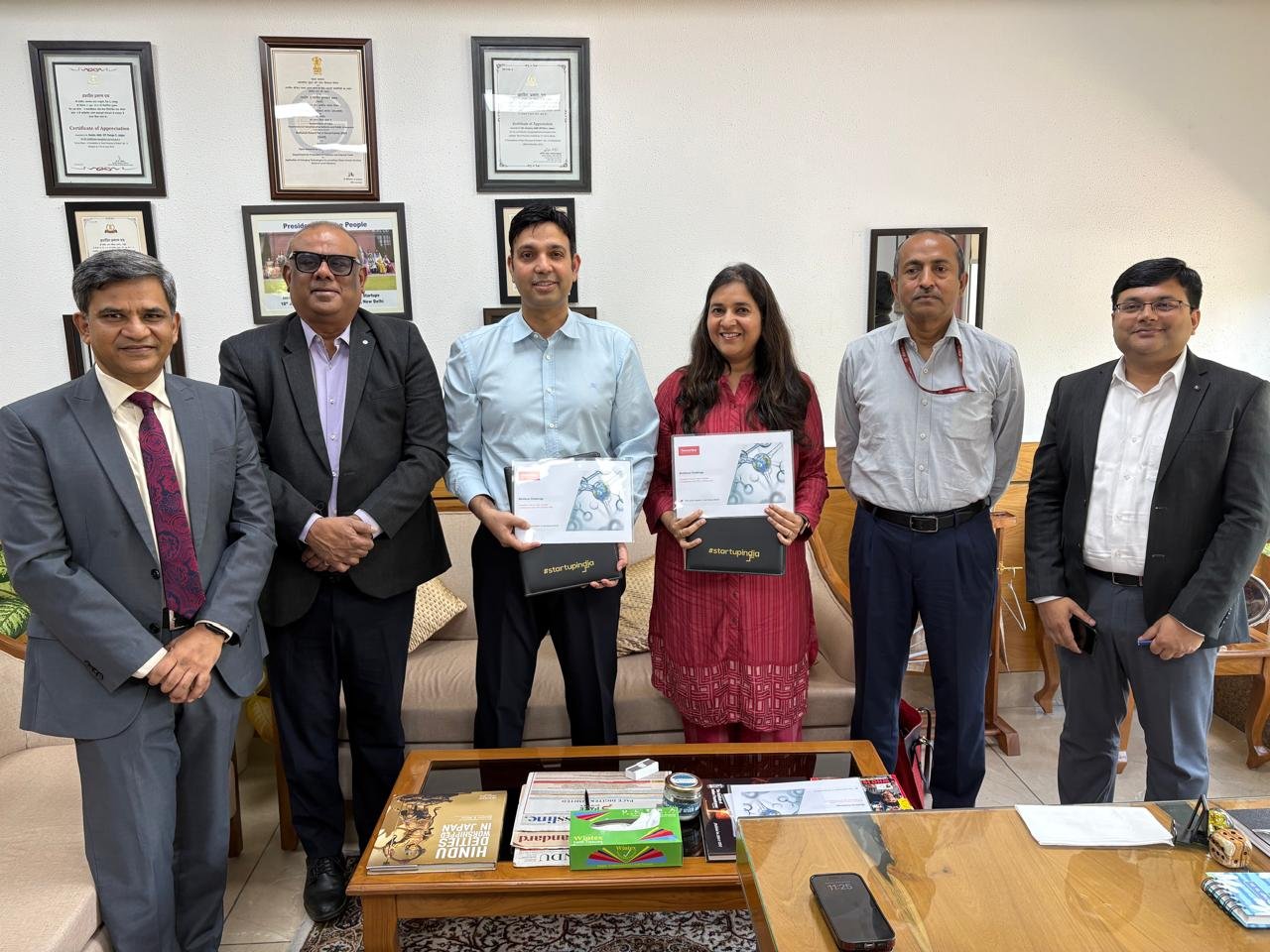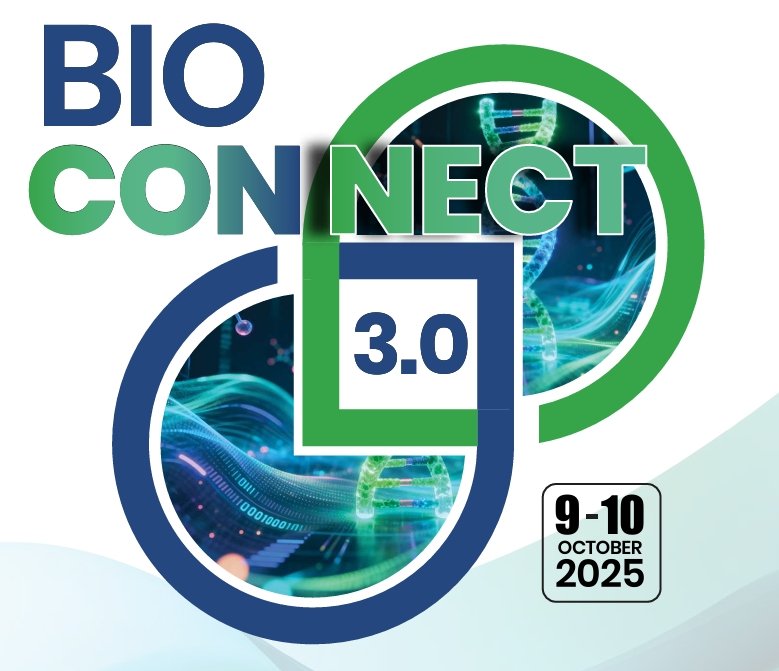India’s life sciences sector leads way in future-ready lab design: Survey
June 11, 2025 | Wednesday | News
56% of Indian executives prioritise smart, AI-driven or digital technologies in lab environments
India’s life sciences industry is outpacing its global peers when it comes to designing and delivering future-ready lab environments, according to a new survey and report by Unispace, a global leader in strategy, design, and construction of workplace environments.
66% of Indian leaders of pharmaceutical, biotech, and medtech firms surveyed for the report consider their labs highly adaptable, outperforming the global average of 56%. Further, 65% of Indian leaders believe their labs are well-equipped for integrating new technologies, compared to 56% globally.
These findings are part of Unispace’s Global Life Sciences 2025 Survey Report and are based on insights from 400 senior and mid-level life sciences leaders across the US, UK, Switzerland, and India.
The survey’s findings suggest that India’s life sciences sector is not only ready for rapid R&D evolution but is also shaping global trends in lab strategy. Strategic partnerships and co-development initiatives are becoming central to funding new lab infrastructure, cited by 66% of Indian leaders. More than half (56%) also named smart technology adoption as a top priority, while 54% emphasised the importance of flexible, modular spaces optimised for collaboration.
“Indian life sciences companies are truly emerging as global frontrunners in building labs of the future. Our findings further reinforce Indian companies’ progressive approach in reimagining their labs as truly strategic enablers of innovation, talent retention, and digital transformation,” said Abi Roni Mattom, Country Director of Unispace India. “The survey even reveals a significant focus of the Indian scientists on smart design, modularity, and employee-centric features like wellness zones, which are key factors for attracting and retaining talent in the highly competitive life sciences sector.”
As life sciences and R&D sectors grow rapidly around the world, the survey points to an opportunity for companies to design labs that are agile, future-proof, and centred around human experience. The report also offers actionable recommendations for organisations looking to elevate their lab environments through strategic planning, design innovation, and technology integration.










